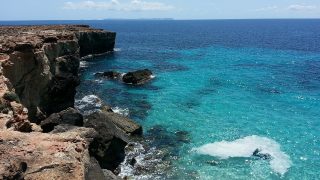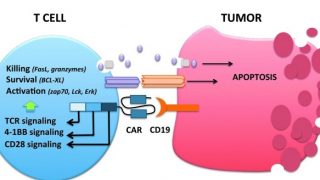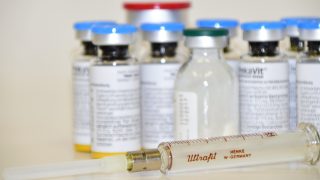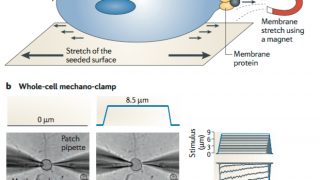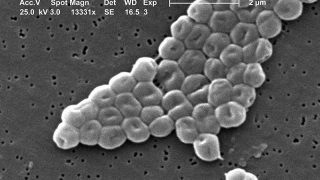
The rise of the superbugs
Our society will be facing a number of health-related challenges in the near future, partly as a consequence of our own practices. Perhaps the best known examples are the (severe) health issues linked to smoking (not just to smokers, but also their children via epigenetic changes) or the abnormally high intake of carbohydrates, with the […]


